Our Approach
We use a proven “conservation financing” approach to fill key funding gaps that, if addressed, will make it possible to establish new protected areas for the most endangered ecosystems.
Our Objectives
Conservation Financing
We use a conservation financing approach to fill critical conservation funding gaps—from working with land trusts and partnering with government funding sources, to supporting land-use planning initiatives and fostering economic resilience in local communities.
Land-Embedded Communities
A primary objective of our approach is to work with and support land-embedded communities, who often hold the keys to unlocking protection for the most endangered ecosystems in Canada.
Endangered Ecosystems
Our work is informed by conservation biology and the best available science, allowing us to target the most endangered ecosystems, which are richer in biodiversity and often in stored carbon, thus playing an important role in counteracting the extinction and climate crises.
Who are land-embedded communities?
First Nations, woodlot owners, Métis communities, ranchers — all are examples of land-embedded communities. For generations, these communities have maintained close cultural, economic, and political links to the surrounding public, or “Crown”, lands (also often unceded Indigenous lands). Because of these long-standing connections, they play a pivotal role in deciding how land is used in their regions, including whether new protected areas can be established.
Today, many land-embedded communities are economically dependent on the resource industries that operate in their areas. Without funding or support for economic alternatives, it can be financially difficult for communities to protect nature near their homes—especially endangered ecosystems, which are often more biologically productive and thus more coveted for their resources.
Our goal
We will work with and provide key support to land-embedded communities, helping them plan for new protected areas and transition to more diversified, resilient economies that thrive with nature. This type of approach is known as “conservation financing”, which is the key to protecting at-risk ecosystems across Canada.
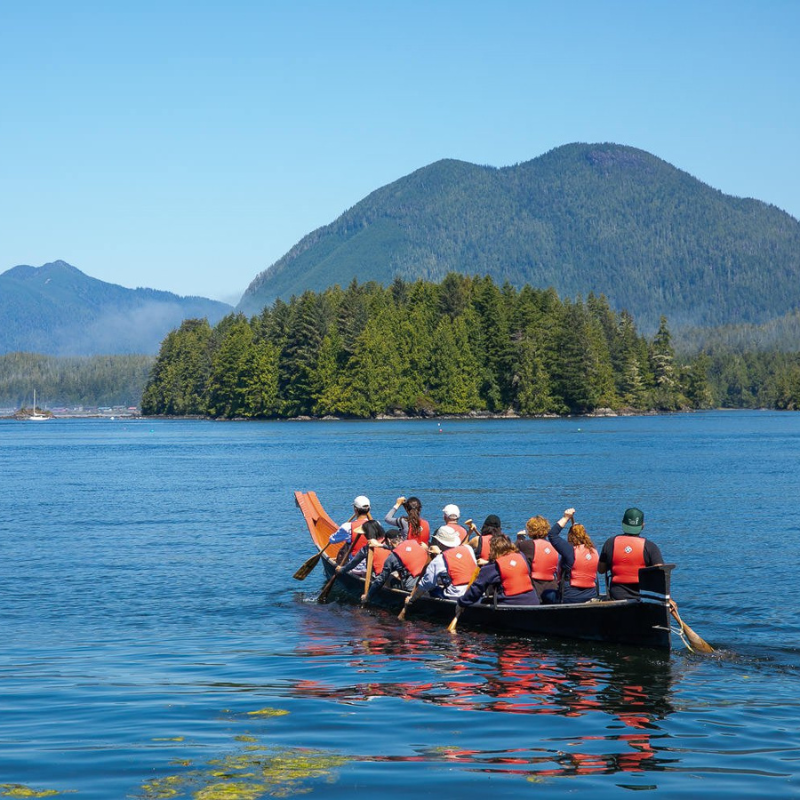

Who are land-embedded communities?
First Nations, woodlot owners, Métis communities, ranchers — all are examples of land-embedded communities. For generations, these communities have maintained close cultural, economic, and political links to the surrounding public, or “Crown”, lands (also often unceded Indigenous lands). Because of these long-standing connections, they play a pivotal role in deciding how land is used in their regions, including whether new protected areas can be established.
Today, many land-embedded communities are economically dependent on the resource industries that operate in their areas. Without funding or support for economic alternatives, it can be financially difficult for communities to protect nature near their homes—especially endangered ecosystems, which are often more biologically productive and thus more coveted for their resources.
Our goal
We will work with and provide key support to land-embedded communities, helping them plan for new protected areas and transition to more diversified, resilient economies that thrive with nature. This type of approach is known as “conservation financing”, which is the key to protecting at-risk ecosystems across Canada.
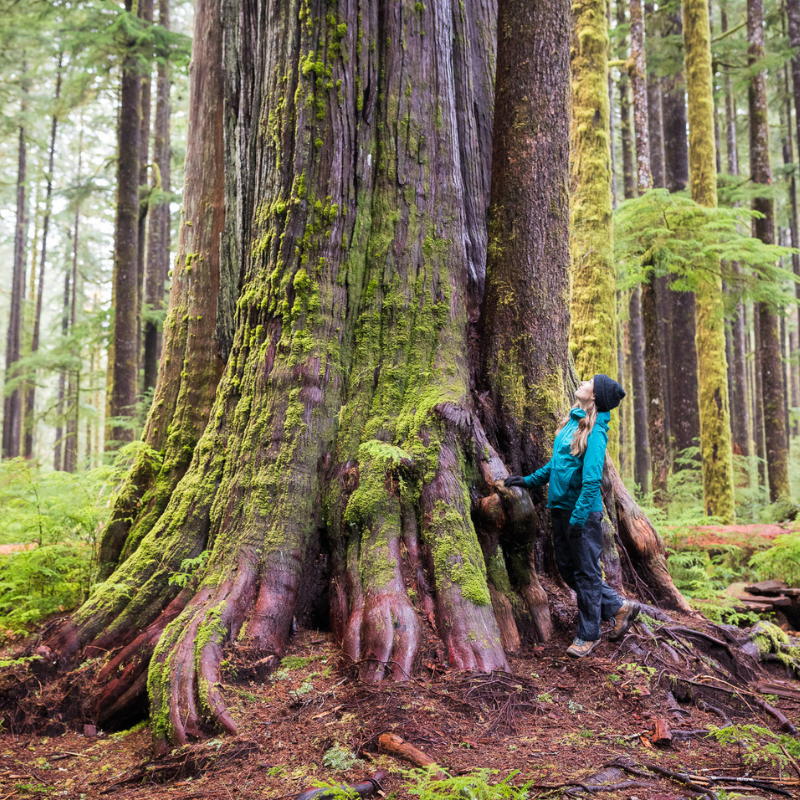
What is conservation financing?
Conservation financing is an umbrella term used to describe the practice of raising and managing funds to support parties, groups, and activities that steward and protect nature. This term has become increasingly important following international negotiations (COP27 and COP15) that highlighted the urgency to address the global funding shortage needed to mitigate the extinction and climate crisis.
Approaches vary from region to region and are often based on geographically specific environmental challenges and socio-political contexts. In Canada, protecting endangered ecosystems will largely involve ensuring land-embedded communities are supported with conservation financing.
Our goal
Our conservation financing approach will address critical funding shortfalls in the conservation space. Most notably, we will help land-embedded co-create new protected areas by addressing community capacity needs; funding interim jobs, stewardship initiatives, and community programs; and advancing sustainable economic development in industries like eco and cultural tourism, recreation, clean energy, non-timber forest products like wild mushrooms and berries, sustainable seafood, carbon offsets, and more.
WHAT CONSTITUTES AN ENDANGERED ECOSYSTEM?
Endangered ecosystems are typically defined as those that have the least remaining geographic extents relative to their original extents, are under the greatest current threats by industrial development, are least represented in a protected areas system, have the greatest number of species at risk, and are naturally rare and limited in geographic extent.
Our goal
The Nature-Based Solutions Foundation will focus on protecting ecosystems that fit these criteria, including old-growth forests, grasslands, parklands, southern deciduous and mixed forests, and other ecosystems.
These ecosystems often have greater biological productivity and species richness, and they tend to occur in southern Canada where most people and industry are.
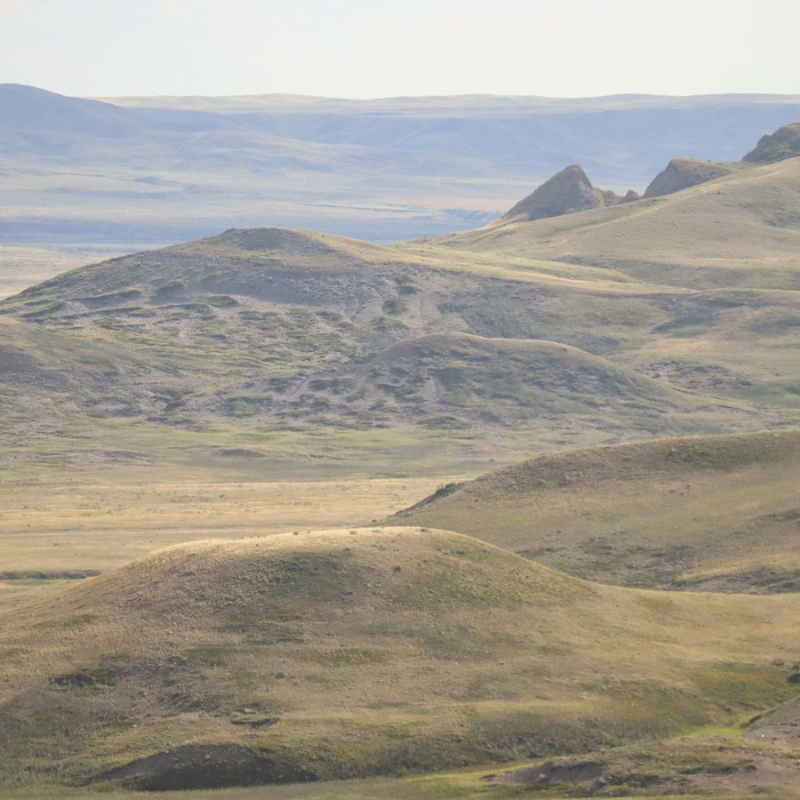
WHAT CONSTITUTES AN ENDANGERED ECOSYSTEM?
Endangered ecosystems are typically defined as those that have the least remaining geographic extents relative to their original extents, are under the greatest current threats by industrial development, are least represented in a protected areas system, have the greatest number of species at risk, and are naturally rare and limited in geographic extent.
Our goal
The Nature-Based Solutions Foundation will focus on protecting ecosystems that fit these criteria, including old-growth forests, grasslands, parklands, southern deciduous and mixed forests, and other ecosystems.
These ecosystems often have greater biological productivity and species richness, and they tend to occur in southern Canada where most people and industry are.


Why nature-based solutions?
The concept of nature-based solutions (NbS) emerged in response to the growing extinction and climate crises and a mounting awareness of the links that exist between human systems and natural systems.
With numerous studies and ample emerging research highlighting the many benefits of healthy, functioning ecosystems, it is now clear that protecting nature presents us with a powerful and cost-effective way to create net positive impacts for biodiversity, economies, and societies everywhere.
Our goal
We aim to leverage NbS to protect nature in ways that likewise foster prosperity for people and help Canada meaningfully make progress towards its 30% by 2030 protected areas targets.

Why nature-based solutions?
The concept of nature-based solutions (NbS) emerged in response to the growing extinction and climate crises and a mounting awareness of the links that exist between human systems and natural systems.
With numerous studies and ample emerging research highlighting the many benefits of healthy, functioning ecosystems, it is now clear that protecting nature presents us with a powerful and cost-effective way to create net positive impacts for biodiversity, economies, and societies everywhere.
Our goal
We aim to leverage NbS to protect nature in ways that likewise foster prosperity for people and help Canada meaningfully make progress towards its 30% by 2030 protected areas targets.
Impactful collaborations
Funders & Businesses
why support?
We foster impactful collaborations with funders and businesses and are always eager to learn from one another while sharing science-informed solutions to some of our most complex problems. By supporting the Nature-Based Solutions Foundation (NBSF), you can catalyze lasting protection of the most at-risk and irreplaceable areas, counteract the climate and extinction crises, and support thriving local economies and the communities they sustain.
With your help, we will scale our impact to deliver benefits to ecosystems and communities all across the country while ensuring that Canada meaningfully achieves at least 30% protection of its lands and waters by 2030.
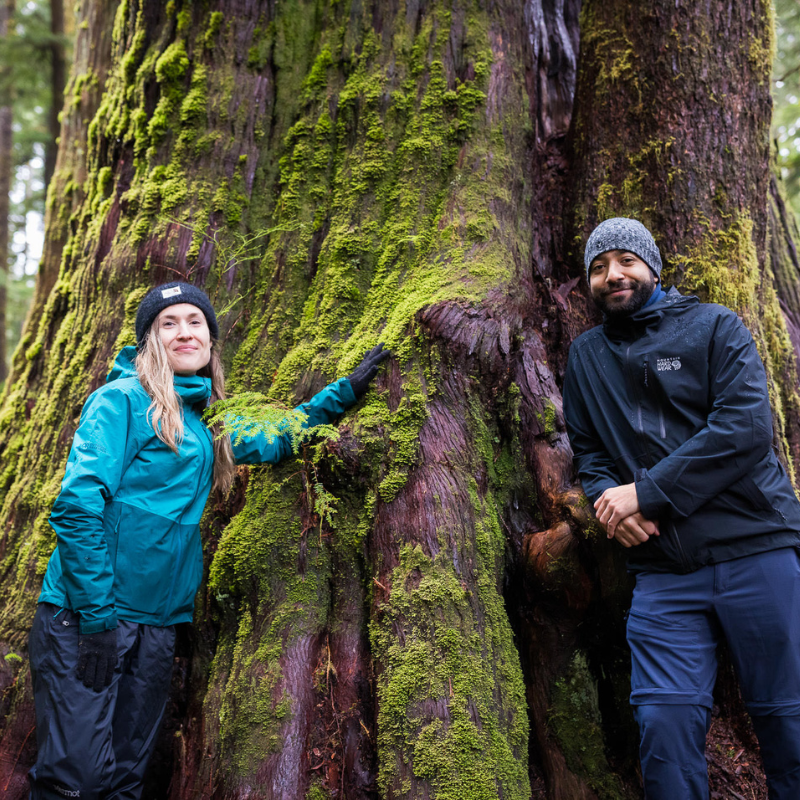
Three Stages of Community Support
Featured Projects
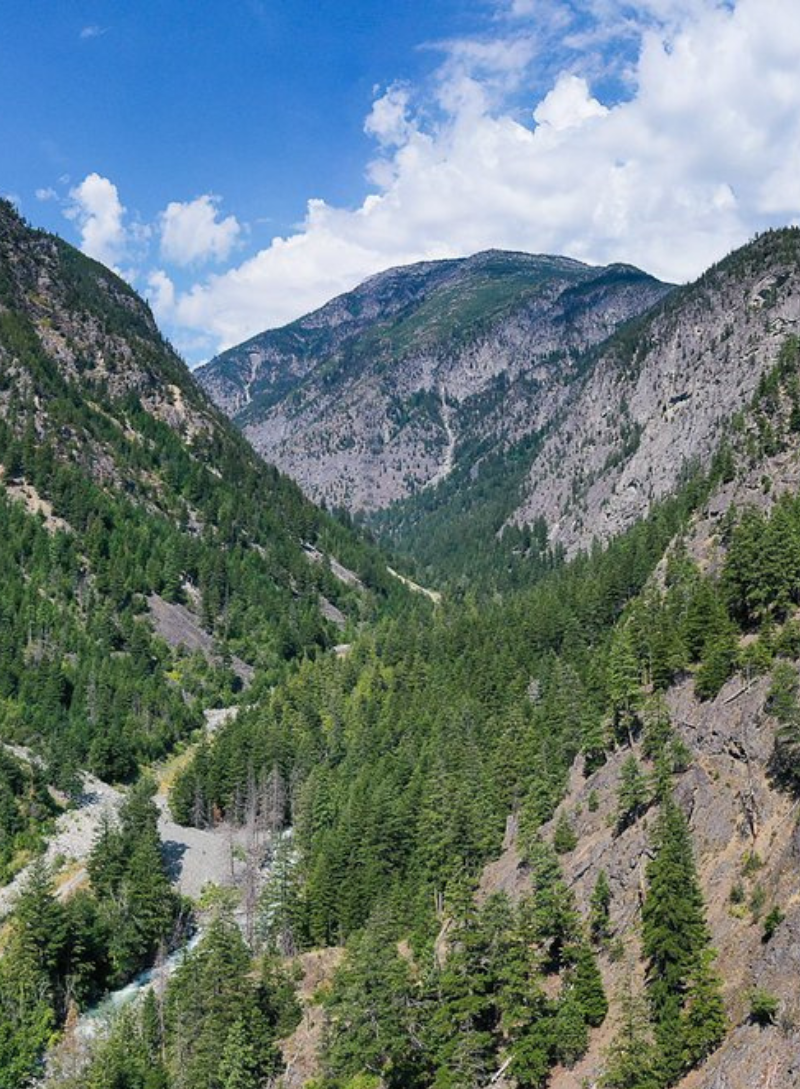
Kanaka Bar Band: Zuminstm e tmíxʷ kt ƛ̓əq̓ƛ̓áq̓tn̓ Indigenous protected area
Total size: 320-square km
Total old growth: ~120-square km
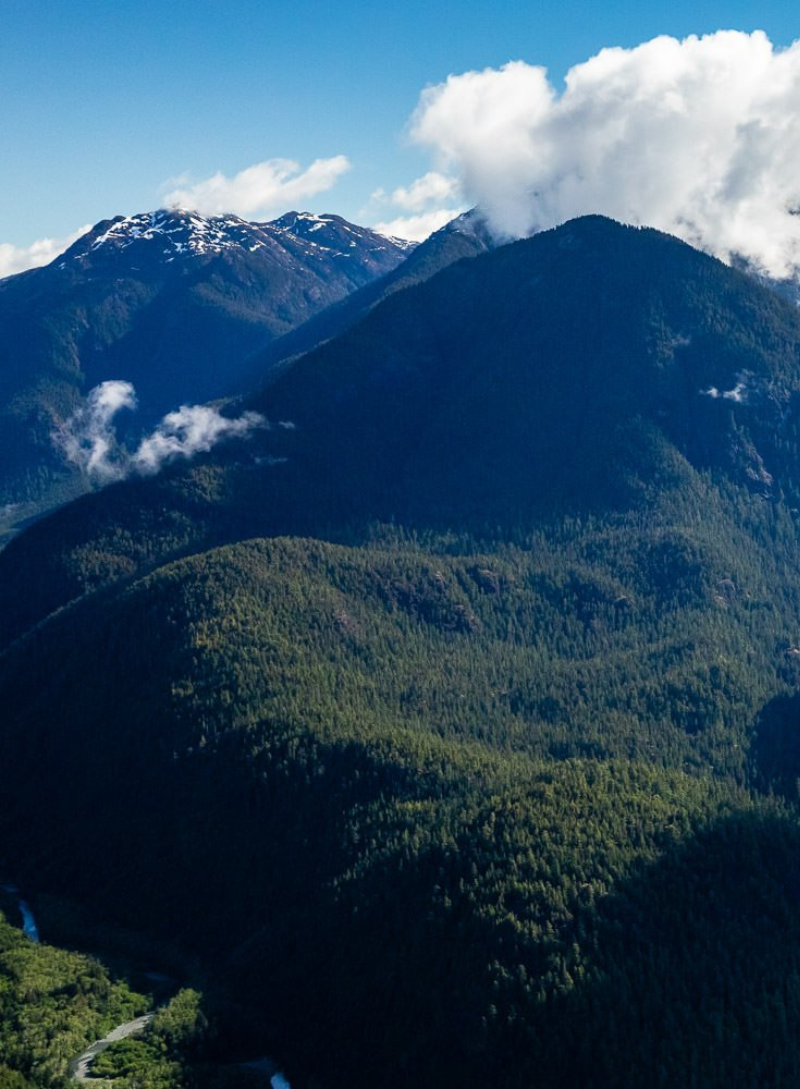
Mowachaht/ Muchalaht First Nations: Salmon Parks Initiative
Total size: 650-square km
Total old growth: ~311-square km
